When setting up a new user account on Windows 11, the system automatically creates a corresponding user profile folder in the C:\Users directory. This folder is usually named using the first five letters of your account name. If this default folder name doesn't meet your preferences, you can change it by editing the Windows Registry. Before proceeding, it's crucial to understand the potential effects on your applications and take necessary precautions.
Will your apps still work if you change the user folder name? Yes, most applications will continue to function normally after you change the user folder name. However, some Microsoft Store apps like OneDrive and Outlook might encounter issues. To resolve any problems, you can simply sign out and sign back into these apps.
Change the User Folder Name Using the Registry Editor
To change the user folder name, you'll need to create a new administrator account and then modify the Registry settings for your original account. Follow these steps carefully to ensure a smooth process.
Step 1: If you don't have another administrator account, you need to create one. Press Windows+I to open the Settings app. From the left sidebar, select 'Accounts'.

Step 2: In the 'Accounts' section, click on 'Other users' on the right side.
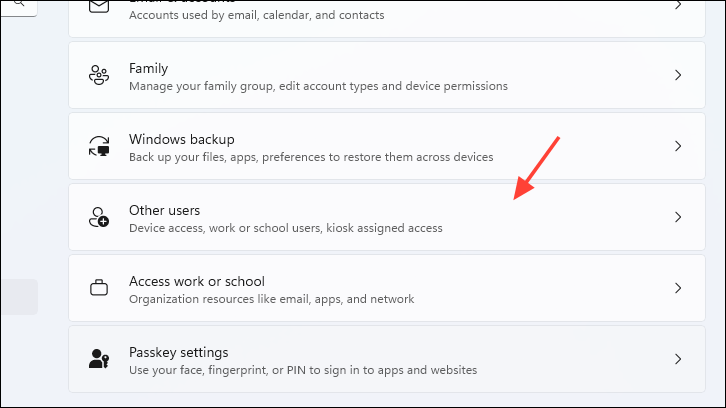
Step 3: Click on 'Add account' to start creating a new user account.
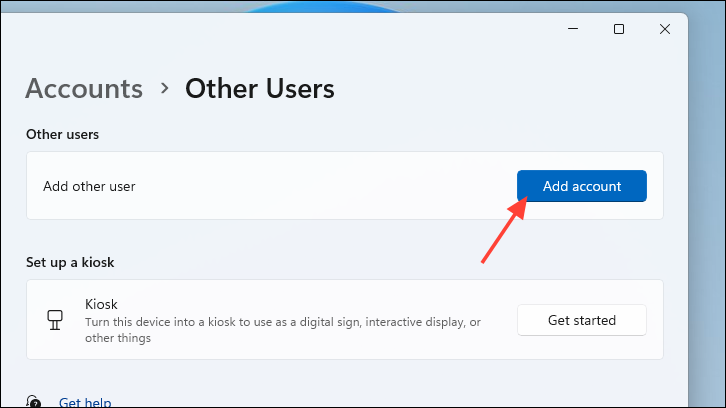
Step 4: In the Microsoft account window, select 'I don't have this person's sign-in information'.
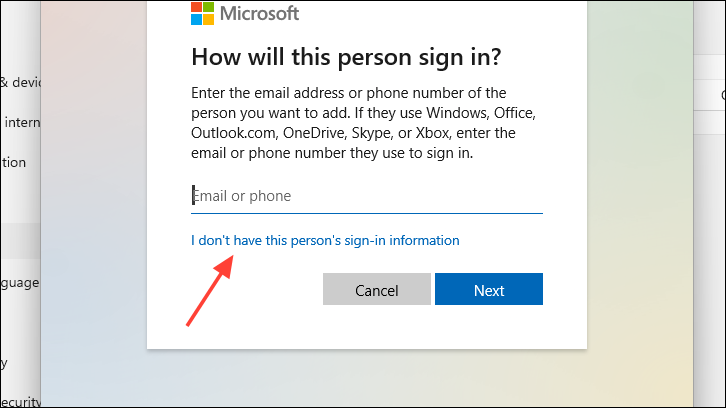
Step 5: Choose 'Add a user without a Microsoft account' to proceed.
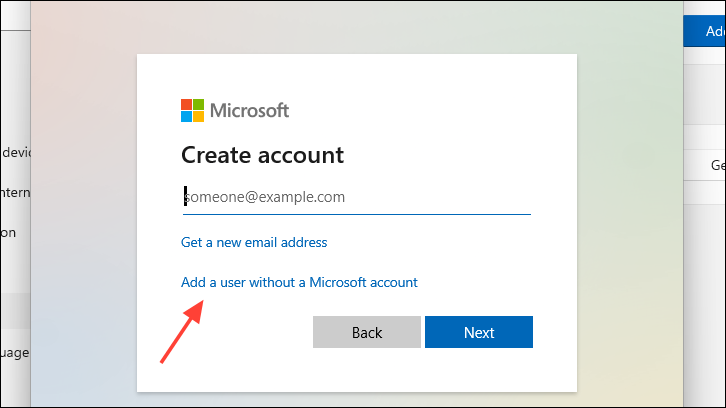
Step 6: Enter a username and password for the new account. Click 'Next' to create the account.

Step 7: After creating the account, grant it administrator privileges. Click on the newly created account and select 'Change account type'.
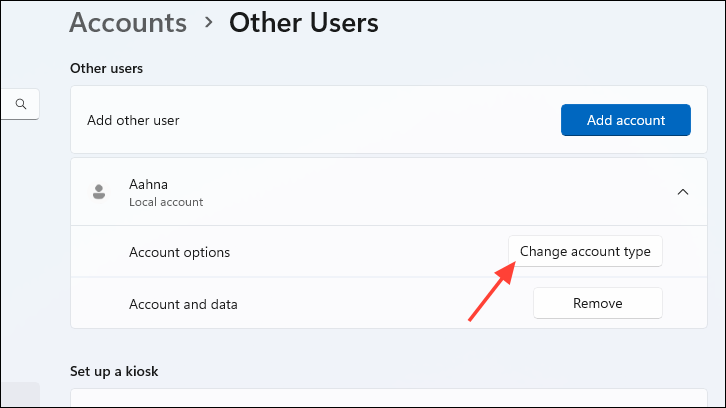
Step 8: In the 'Account type' dropdown menu, select 'Administrator' and then click 'OK' to apply the changes.

Step 9: Sign out of your current account. Click on your profile icon in the Start Menu and choose 'Sign out'.
Step 10: Log in to the new administrator account from the Sign-in screen.
Step 11: Press Windows+R to open the Run dialog box. Type netplwiz and press Enter to access the User Accounts window.

Step 12: In the User Accounts window, select the account whose user folder name you want to change and click on 'Properties'.
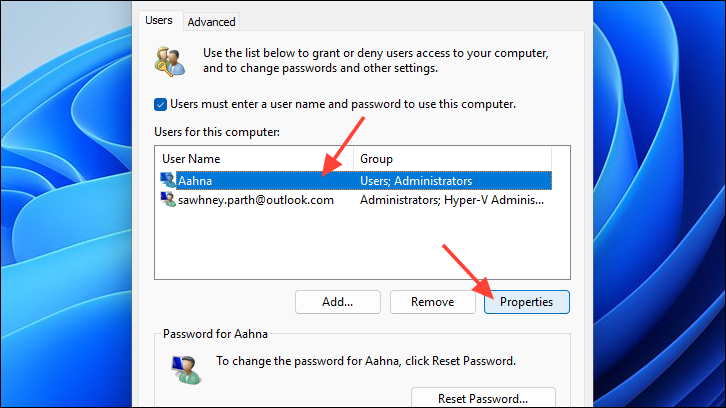
Step 13: In the 'User name' field, enter the new name you want for the user folder. If desired, fill in the 'Full Name' field with how you want your name displayed at login. Click 'Apply' and then 'OK' to save the changes.

Step 14: Restart your computer to ensure the changes take effect properly.
Step 15: After the restart, open the Command Prompt with administrative privileges. Click the Start Menu, type 'Command Prompt', right-click the app, and select 'Run as administrator'.
Step 16: In the Command Prompt window, type the following command and press Enter:
wmic useraccount get name,SID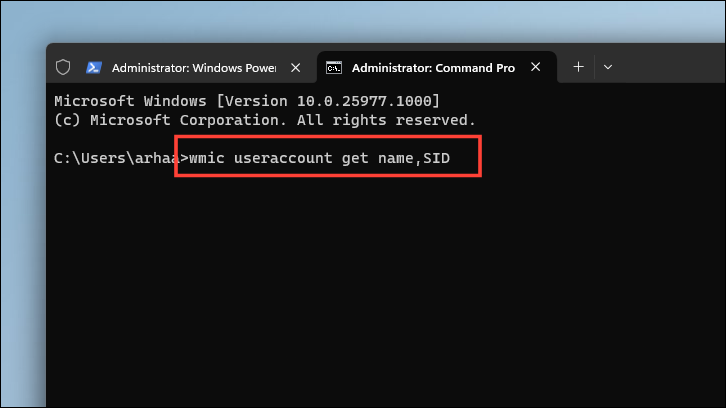
Step 17: Note down the SID (Security Identifier) associated with your original user account.

Step 18: Open the Registry Editor. Press Windows+R, type regedit, and press Enter. Confirm any prompts that appear.
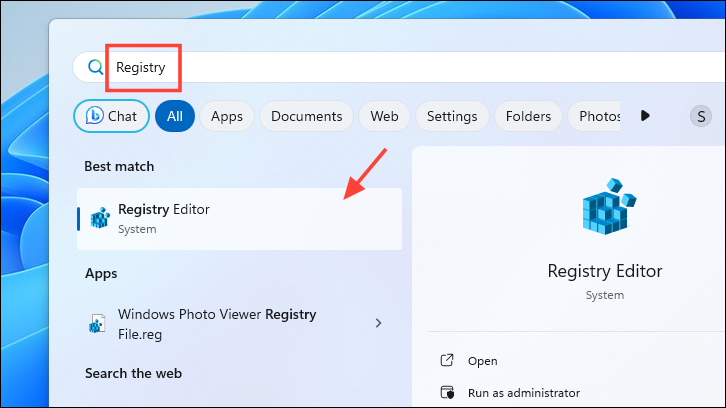
Step 19: Navigate to the following path by pasting it into the Registry Editor's address bar and pressing Enter:
HKEY_LOCAL_MACHINE\SOFTWARE\Microsoft\Windows NT\CurrentVersion\ProfileListStep 20: In the 'ProfileList' directory, locate the folder that matches the SID you noted earlier.
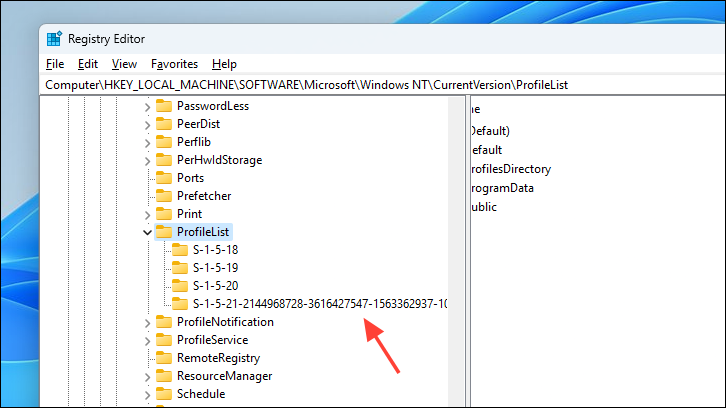
Step 21: In the right pane, double-click on 'ProfileImagePath' to edit its value.

Step 22: Modify the path in the 'Value data' field to reflect the new user folder name after C:\Users\. Be careful not to change any other part of the path. Click 'OK' to save the changes and close the Registry Editor.

Step 23: Open File Explorer by pressing Windows+E, and navigate to C:\Users.

Step 24: Find your original user folder, right-click on it, and select 'Rename'. Change the folder name to match the new name you specified in the Registry Editor, then press Enter.
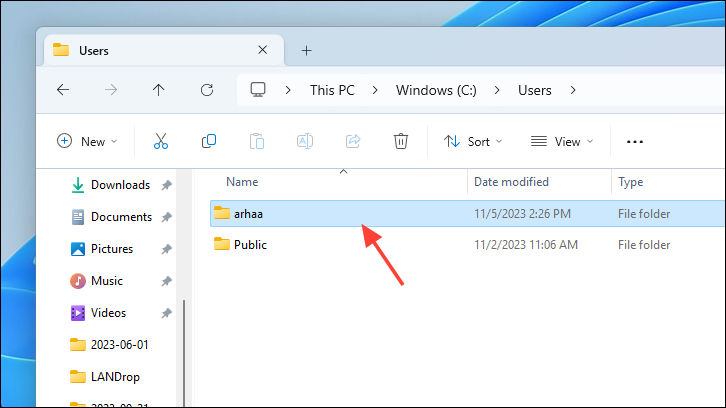
By meticulously following these steps, you can successfully change your user folder name on Windows 11. Always exercise caution when editing the Registry to prevent any unintended system issues.






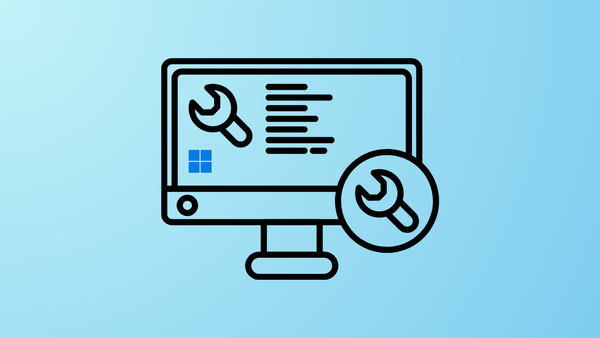
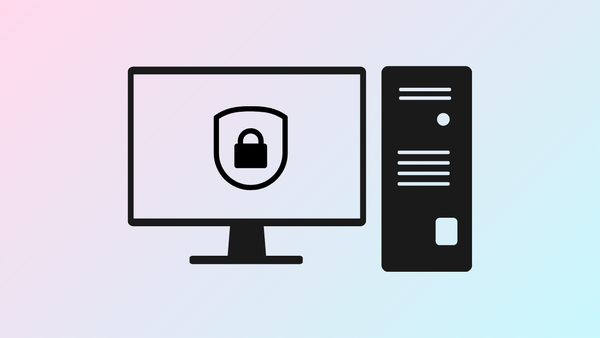



Member discussion